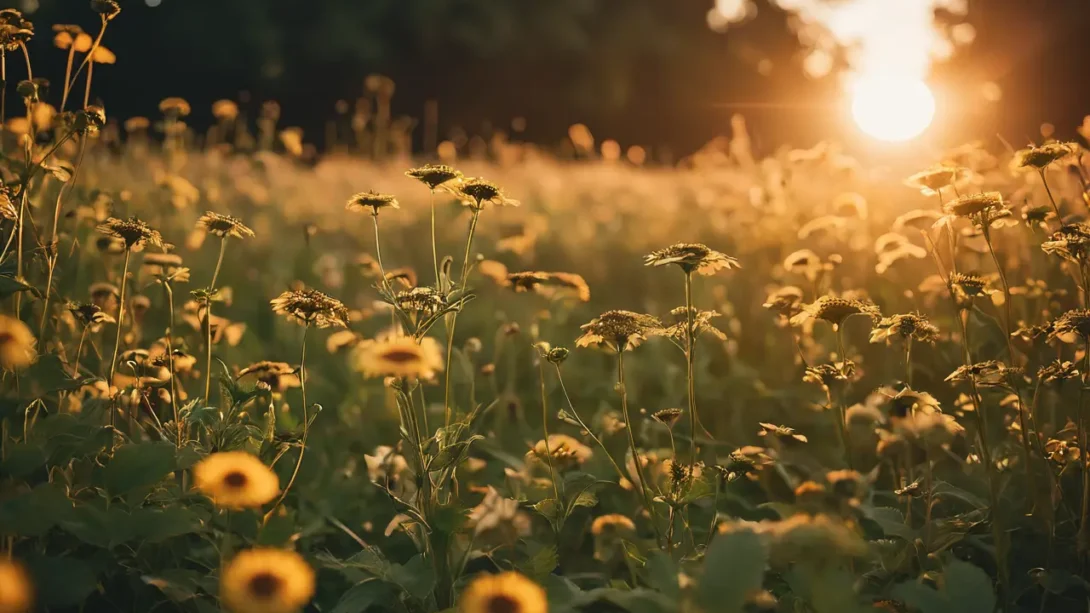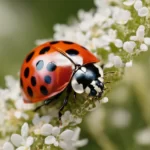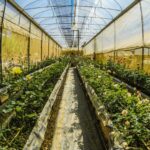As the wheel of the year turns, late summer presents itself as a unique and transitional period, blending the warmth of the summer months with the first whispers of autumn. This time of the year holds a special significance across various spheres, including agriculture, ecology, and culture, marking a period of preparation, harvest, and celebration.
Defining Late Summer
Late summer is typically considered to span the latter part of August through September, though the exact timing can vary based on geographic location and local climate patterns. In meteorological terms, it is defined by specific temperature ranges and weather conditions that bridge the gap between the peak of summer heat and the cooler, more variable conditions of autumn. Culturally, late summer may be defined by school holidays ending, the harvest season beginning, and various festivals and events that celebrate this bountiful time.
Characteristics of Late Summer
This period is characterized by a noticeable shift in weather patterns, with days gradually becoming shorter and the intense heat of mid-summer often giving way to milder temperatures. However, in many regions, late summer can still bring bouts of warm weather, known as “Indian summer” in some cultures, offering a final respite of warmth before the chill of autumn sets in.
Late summer’s changing daylight hours have a profound impact on both human activities and the natural world. The diminishing light signals plants to begin their preparations for winter, while animals may start gathering food stores or migrating to warmer climates. For humans, the change signifies a return to routines and the start of a new academic year for students.
In the garden and on the farm, late summer is a critical time for harvesting many fruits and vegetables, such as tomatoes, peppers, and squash, which have ripened under the summer sun. It’s also a period for sowing the seeds of plants that will flourish in the cooler months ahead, ensuring a continuous cycle of growth and harvest.
Agricultural and Gardening Aspects
The late summer period is a crucial time for both gardeners and farmers, marking a transition in the agricultural calendar from growth to harvest and preparation for the upcoming seasons. This is when the hard work of the previous months comes to fruition, with a bounty of fruits, vegetables, and grains ready for harvest. For many crops, late summer provides the optimal conditions for ripening, offering warmth without the intense heat that can stress plants.
Key Tasks and Considerations
- Harvesting: Late summer is harvest time for many crops, including tomatoes, corn, squash, and beans. Gardeners and farmers must be vigilant, harvesting produce at the peak of ripeness to ensure the best flavor and nutritional value.
- Planting: This period is also ideal for sowing seeds of cool-season vegetables, such as kale, spinach, and lettuce, which can tolerate the cooler temperatures of autumn.
- Pest and Disease Management: As plants mature and produce fruit, they may become more susceptible to pests and diseases. Continuous monitoring and management are essential to protect the harvest.
Ecological Significance
Late summer plays a significant role in natural ecosystems, signaling a time of preparation for many species as they ready themselves for the colder months ahead. This period is marked by a flurry of activity in the natural world, with animals and plants making critical adaptations for survival.
Flora and Fauna Behavior
- Plant Life: Many plants begin to show signs of senescence in late summer, with leaves starting to change color and seeds maturing for dispersal. This natural process ensures the continuation of species and provides food for a variety of animals.
- Animal Activity: Wildlife may increase their food intake during this time, storing energy for migration or hibernation. Birds, in particular, may begin migrating to warmer climates, a phenomenon that bird watchers eagerly anticipate.
Cultural and Recreational Implications
Late summer is rich in cultural traditions and recreational opportunities, as communities around the world celebrate the harvest and enjoy the last warm days of the season.
Traditional Festivals and Events
- Harvest Festivals: Many cultures hold festivals to celebrate the bounty of the late summer harvest, giving thanks for the abundance of food and preparing for the leaner months ahead.
- Recreational Activities: The milder weather of late summer is perfect for outdoor activities, such as hiking, picnicking, and camping, allowing people to connect with nature before the onset of autumn.
Late Summer Gardening Tips
As we embrace the unique transition that late summer brings, there are specific gardening practices that can help ensure a garden’s vibrancy and productivity continue into the cooler months. Here are some essential late summer gardening tips:
Maintenance and Preparation
- Watering: Continue to water plants deeply, especially during dry spells, to ensure they remain hydrated as they mature and produce crops.
- Weeding: Keep on top of weeding to reduce competition for nutrients and water, crucial for the health of your harvest and preparing beds for autumn planting.
- Mulching: Apply a fresh layer of mulch around plants to retain soil moisture, suppress weeds, and regulate soil temperature.
Planting
- Fall Crops: Sow seeds for fall-harvested vegetables and herbs. Root vegetables like carrots and beets, and leafy greens such as spinach and swiss chard, can thrive when planted in late summer.
- Cover Crops: Consider planting cover crops in empty garden beds to enhance soil health, prevent erosion, and suppress weeds.
Pest and Disease Management
- Monitoring: Keep an eye out for signs of pests and diseases, which can proliferate as plants begin to senesce. Early detection and intervention can save your harvest and protect your garden.
- Cleanup: Begin to clear out spent crops and debris, which can harbor pests and diseases over the winter, to ensure a clean slate for the next growing season.
Embracing the Season
Late summer is a period of reflection, celebration, and preparation. It’s a time to appreciate the bounty that nature provides and to prepare for the cycles of growth and dormancy that follow. This season reminds us of the constant ebb and flow of life and the importance of adapting to change.
Enjoying the Harvest
Take the time to enjoy the fruits of your labor, whether it’s through cooking, preserving, or sharing your harvest with others. Late summer’s produce is not only a reward for the gardener’s hard work but also a testament to the fecundity of nature.
Preparing for Autumn
As the late summer wanes, begin to prepare your garden for autumn. Cleaning up, planning for next year’s crops, and protecting your soil will ensure that your garden continues to be a source of joy and sustenance.
Conclusion
Late summer is a season rich with potential and promise. It’s a time to harvest, to celebrate, and to prepare for the coming change. By understanding the unique characteristics of this transitional period, gardeners and nature enthusiasts alike can make the most of late summer, ensuring that both the garden and the gardener are ready for whatever the next season brings. Let us embrace the beauty and bounty of late summer, carrying its lessons and rewards forward into the autumn and beyond.



